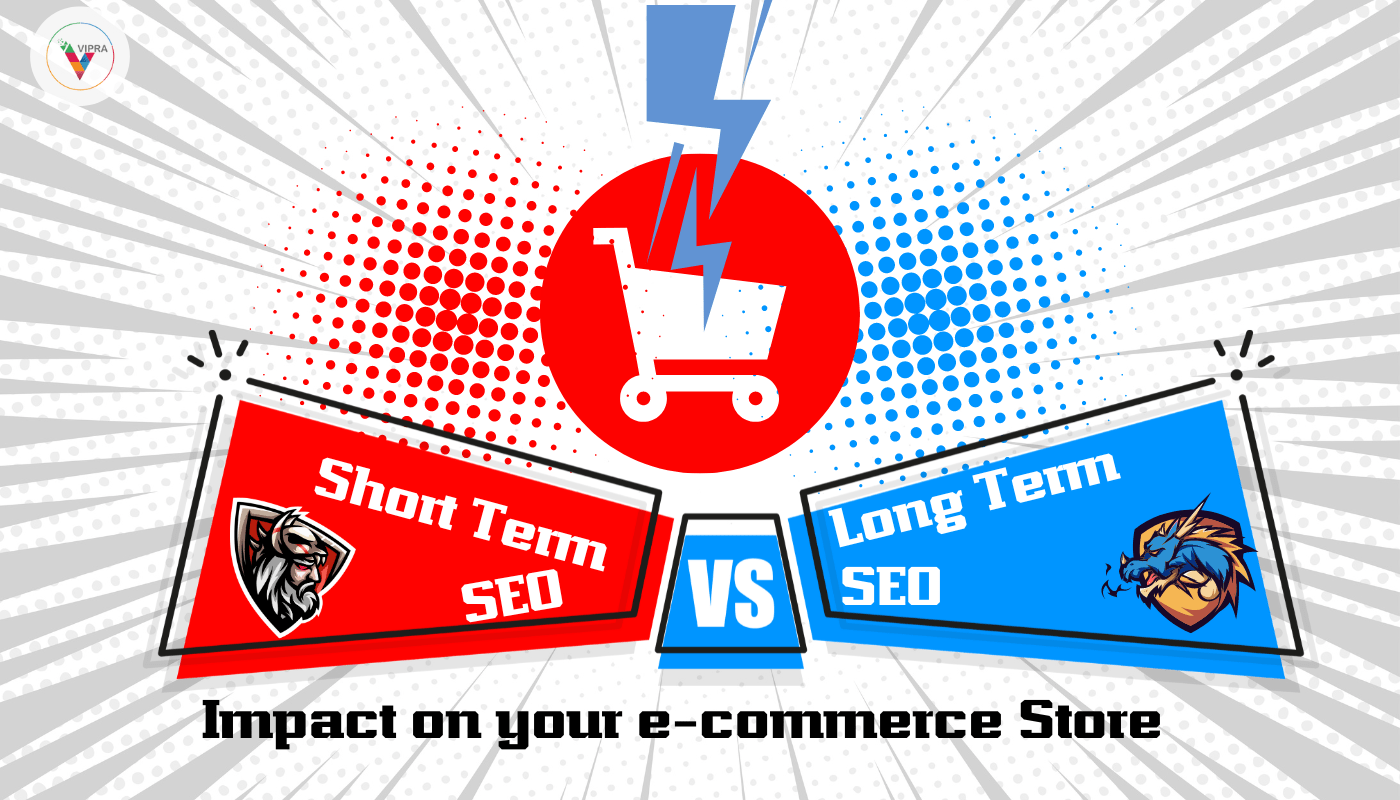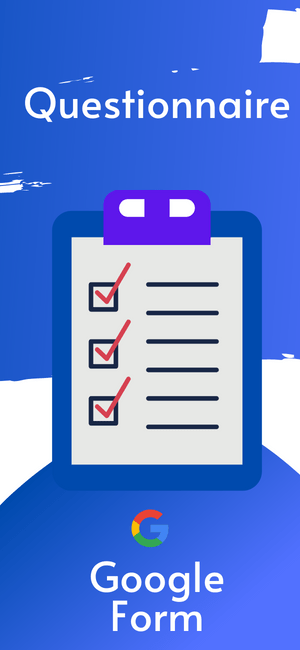Have you ever wondered why some e-commerce sites effortlessly attract customers while others struggle to get noticed? The answer often lies in the power of SEO. In today’s digital marketplace, how crucial is it to optimize your online store for search engines?
Imagine having an appealing website but failing to appear in search results—wouldn’t that hinder your business growth? Effective SEO not only boosts your visibility but also helps connect you with potential customers actively searching for your products.
What strategies can you implement to ensure your online presence stands out? Understanding the significance of SEO could be the key to unlocking sustainable success for your e-commerce venture.
As you explore the world of SEO, it’s essential to understand the difference between short-term and long-term strategies. What quick fixes can you employ for immediate results, and how do these differ from methods that build sustainable growth over time?
When it comes to SEO for your e-commerce business, understanding the difference between short-term and long-term strategies is crucial—have you considered how each can benefit you? Short-term SEO tactics, such as optimizing product pages and launching targeted pay-per-click campaigns, can provide quick wins that boost traffic and sales almost immediately. Isn’t that enticing?
But let’s not overlook long-term strategies! Building quality content and developing strong backlinks may take time, yet these efforts lay the foundation for your site’s authority and credibility in the marketplace.
So, what do you think? Are you looking for quick wins to boost sales, or is your focus more on crafting a lasting online presence? Finding the right balance between these strategies can empower your e-commerce venture to thrive both now and in the future!
The objective of this article is to explore how SEO impacts your e-commerce business in both short-term and long-term ways. Together, we’ll look at the immediate benefits of quick wins—like increased traffic from optimizing your product pages—while also appreciating the lasting value of strategies such as quality content and building backlinks.
By understanding these dynamics, you can create a balanced SEO approach that enhances your visibility and drives sales for sustainable success.
So what is SEO, SEO, or Search Engine Optimization, is all about making your e-commerce site more visible to search engines, helping potential customers find you easily. Think of it as a roadmap that guides users to your products. There are three key elements of SEO that you should be aware of.
On-page SEO involves optimizing the content on your site, like using the right keywords in your product descriptions or improving the layout for better user experience.
Off-page SEO focuses on building your site’s reputation through backlinks from other reputable sites, enhancing your authority in the eyes of search engines.
Lastly, technical SEO ensures your website is easy to crawl and understand; this includes optimizing site speed and mobile-friendliness. Understanding these elements helps you create a strong foundation, paving the way for both quick wins and long-term success in your e-commerce journey.
All of these factors contribute to making a website “SEO-friendly.” When we look at each section in detail, we further break them down into several parts for optimization.
SEO is super important for your e-commerce business because it connects you directly to potential customers. When you optimize your site well, you make it easier for people to find your products on search engines. Think about it! When you search for something online, how often do you click past the first page of results? Probably not very often!
By focusing on effective SEO strategies, both short-term and long-term, you can attract more targeted traffic to your site—visitors who are genuinely interested in what you offer. This can significantly boost your sales. Investing in SEO means you’re not just aiming for visibility; you’re bringing the right people to your virtual doorstep, ready to buy.
Let’s first talk about how Short-term SEO Hacks can get you quick results (in weeks), and then we can dive into the long-term details.
The Fastest and most important win for driving immediate results is optimizing your product pages. Have you thought about how your product descriptions might change a shopper’s mind?
Make sure to use relevant keywords that your potential customers are searching for. This not only helps search engines understand what you’re offering, but it also connects you with the right audience.
Additionally, focus on high-quality images and detailed specifications—these elements enhance the user experience and encourage visitors to make a purchase. Don’t forget to include customer reviews, as they boost credibility and provide social proof.
When you invest time in these optimizations, you’ll likely see a rapid increase in traffic and conversions, building a solid foundation for your e-commerce success.
Remember, small tweaks can lead to big changes! Search engines favor websites that prioritize user experience. They believe that providing value to visitors is key, and they want to match search terms with the most relevant results.
By making these adjustments, you’re not just improving your site—you’re also aligning with what search engines love!
Leveraging Pay-Per-Click (PPC) can also complement your SEO efforts in powerful ways. Have you thought about how running targeted PPC campaigns can provide immediate visibility while your organic rankings build over time?
The traffic brought in by PPC can lead to increased user engagement, which sends positive signals to search engines.
As more visitors interact with your site, it boosts your authority and can even help improve your organic SEO rankings.
Plus, the insights you gain from PPC data—like which keywords convert best—can inform your long-term SEO strategy. It’s a win-win that can accelerate your e-commerce success!
Using seasonal promotions and timely content, such as holiday sales or special events, can significantly enhance your SEO efforts. Have you considered how creating content around these occasions can attract more visitors to your site?
By optimizing your promotions with relevant keywords and engaging content, you not only drive immediate traffic but also capture search interest during peak shopping times.
Additionally, seasonal content encourages backlinks from other sites, boosting your authority in the eyes of search engines. It’s a great way to keep your brand fresh and relevant while enhancing your overall SEO strategy.
Measuring short-term success is crucial for optimizing your e-commerce strategy, and tracking key performance indicators (KPIs) can give you valuable insights. Have you thought about monitoring traffic spikes, conversion rates, and sales numbers? These metrics help you understand how effective your short-term SEO and marketing efforts are.
When you see a traffic boost from a PPC campaign or a seasonal promotion, it’s essential to assess how many of those visitors convert into sales. This data not only informs your immediate strategies but also shapes your long-term SEO approach, ensuring you optimize for what truly resonates with your audience.
Creating high-quality content like blogs and guides is crucial for your e-commerce success. When you invest time in crafting valuable and informative resources, you’re not just attracting potential customers; you’re also establishing yourself as an authority in your niche.
Have you thought about how informative articles can help answer your audience’s questions before they even reach your product pages? This builds trust and encourages conversions.
Now, let’s talk about developing backlinks and partnerships. When other reputable sites reference your content, it signals to search engines that you’re a trusted source, boosting your authority.
Consider reaching out to industry influencers for collaborations or guest posting opportunities—this can expand your reach and strengthen your brand’s credibility. Backlinks are a significant ranking factor, creating compounding effects on your SEO over time.
Finally, don’t underestimate the importance of enhancing user experience and site speed. A fast, user-friendly website keeps visitors engaged, reduces bounce rates, and improves conversion rates. To improve speed, optimize images, streamline your site design, and use easy navigation.
When combined, these strategies—high-quality content, strong backlinks, and an exceptional user experience—can significantly impact your SEO efforts, driving both immediate traffic and long-term growth; you’re setting the stage for sustainable success in your e-commerce journey
Have you noticed how relationships built through quality content lead to customer loyalty? When shoppers see you as a trusted source, they’re more likely to return and recommend you to others.
This commitment to long-term strategies not only secures immediate results but also sets the foundation for sustainable success in your business.
To measure long-term success in your e-commerce business, focus on key factors like organic traffic trends, keyword rankings, and customer retention rates. Start by tracking your organic traffic over time to see how effectively your SEO strategies are performing. Use tools like Google Analytics to monitor this data.
It’s also crucial to keep an eye on your keyword rankings to ensure your content is reaching your target audience. Finally, don’t overlook customer retention rates—returning customers indicate loyalty and trust. By measuring these metrics, you can gain valuable insights that help you refine your strategies for even greater success.
Let me share some real-world examples to highlight the effectiveness of short-term SEO strategies in driving rapid results. Take Newman Art Designs, for instance. This Australian e-commerce store specializes in selling framed bugs but primarily focused on B2B sales. The founder wanted to shift gears to encourage D2C sales while ensuring consistent cash flow for long-term growth. My team and I stepped in to implement a dual approach that targeted immediate results while keeping an eye on their long-term goals.
We optimized their store by enhancing each category and product page, making it easier for search engines to understand their keyword mapping. Alongside this, we set up Google Ads and ran promotional offers, which led to impressive results. In just 12 to 15 weeks, their D2C sales skyrocketed from AUD 1,500 a month to AUD 15,000! They also experienced a steady quarterly growth of 10%, which allowed them to fund their long-term strategy effectively.
Another fantastic example is Shobhini, an Indian wear brand that launched in 2023. They quickly climbed to $100,000 in sales within just one year, boasting an impressive ROI of 4.5x. These success stories show that with the right short-term strategies, you can achieve remarkable outcomes while paving the way for future growth. Are you inspired to apply similar strategies for your e-commerce venture?
When it comes to SEO, knowing when to use short-term versus long-term strategies can make a big difference in your e-commerce success. Short-term strategies, like optimizing product pages and running PPC ads, are ideal for quick traffic and sales boosts, especially during seasonal promotions. In contrast, long-term strategies, such as creating quality content and building backlinks, lay the groundwork for sustained organic growth.
Ultimately, the best approach is to blend both strategies. Use short-term tactics to maintain cash flow while powering your long-term goals. This way, you can enjoy immediate results without sacrificing future potential.
Integrating long-term strategies for continuous growth is all about finding the right balance between short-term and long-term SEO efforts. Have you considered how a hybrid approach can maximize your effectiveness? By combining quick wins—like optimizing your product pages and using PPC ads—with long-term efforts, such as creating valuable content and building backlinks, you set yourself up for both immediate results and sustained success.
For example, while running a seasonal campaign, use targeted ads to drive quick traffic while simultaneously producing helpful blog posts related to your products. This way, you attract immediate buyers and position your brand as an expert for future customers, enhancing your authority over time.
Regularly assess your performance metrics to adjust your strategies, ensuring they align with your goals. By maintaining this balance, you’ll not only see immediate boosts but also create a solid foundation for ongoing growth.
I call it Hybrid Search Optimization Strategy. This works most of the time.
In conclusion, finding the right balance between short-term and long-term SEO strategies is crucial for your e-commerce success.
The key takeaway is that a well-rounded SEO plan that integrates both approaches will maximize your results. I encourage you to assess your current SEO strategies and identify areas for improvement—are you prioritizing quick wins while also investing in nurturing long-term success?
By doing so, you’ll set your e-commerce business on a path to thrive both now and in the future.


